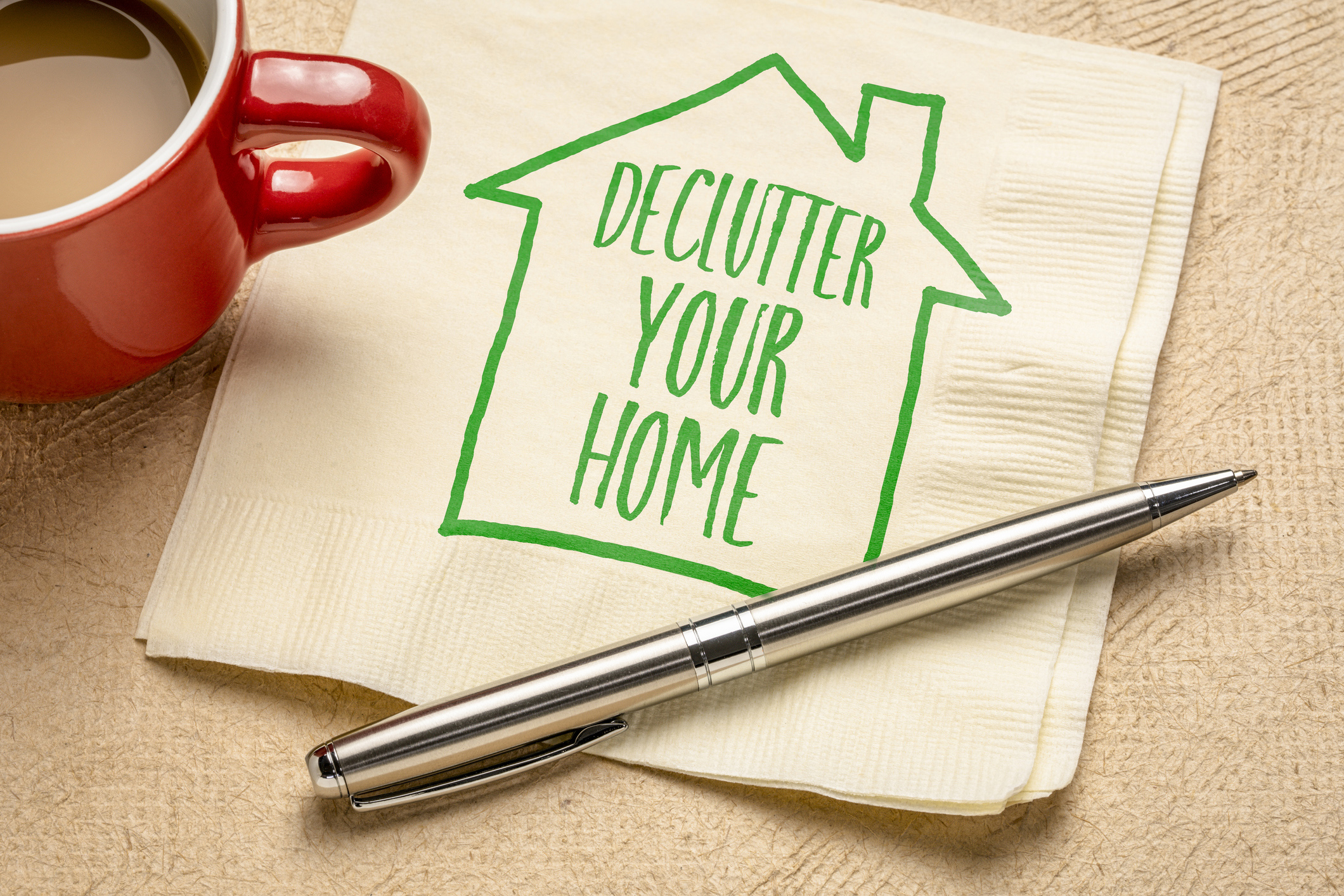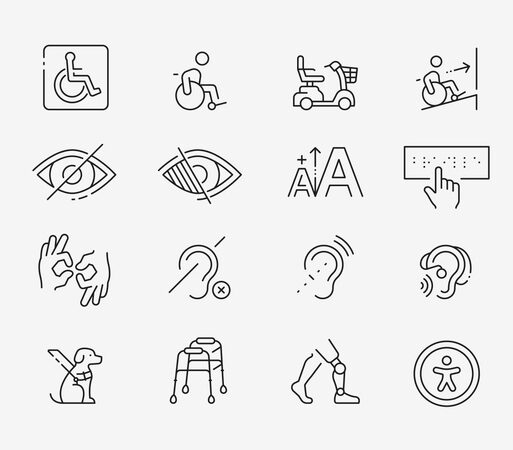With longer daylight hours and Spring around the corner, the drive to declutter, organize and clean house may be reignited after laying dormant these long Winter months. Although many households conducted a deep purge during pandemic lockdowns, it’s easy to for clutter to accumulate and often we don’t notice the hazards that may be a fall risk for older adults. Nearly a third of seniors fall each year – and often in their own homes. But a new study has found five steps can help reduce the risk of falls by 26 percent, keeping more older adults out of the hospital and continuing to live independently at home.
According to U.S. HealthDay News, researchers reported in the Cochrane Database of Systematic Reviews that eliminating home hazards can prevent falls among older adults at elevated risk – preventing serious injury and disability. Seniors who have been recently hospitalized for a fall or who require assistance with daily activities could benefit most from decluttering and other fall prevention strategies.
In addition to removing clutter from floors and surfaces, reducing tripping hazards like throw rugs, improving lighting, and adding handrails and non-slip strips to stairs can help reduce falls by 38 percent in seniors at high risk. Seniors with reduced mobility, balance or muscle strength could also benefit from the guidance of an occupational therapist to help support independent living and avoid injuries.
Researchers analyzed 22 studies that included data from more than 8,400 community-dwelling adults over the age of 60. More than 30 percent of falls are caused by environmental hazards, which if identified, can be removed. Slippery pathways, poorly lit halls, and household clutter can increase the risk of falls among seniors, but simple interventions can eliminate these hazards, significantly reducing the risk of falls, injuries and hospitalization.
Not sure where to begin? The Oldish offers helpful Home Safety Checklists to help prevent falls among older adults living at home. You can start your own list by visiting The Oldish Toolkit here.






Add Your Voice
0 Comments
Join the Discussion